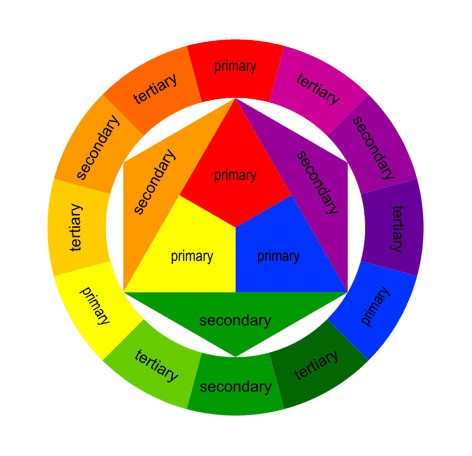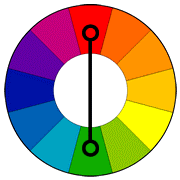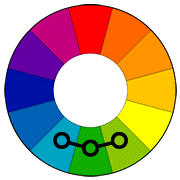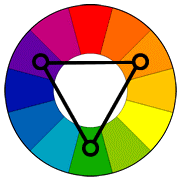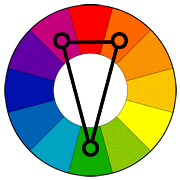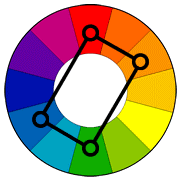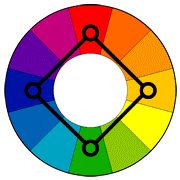March 1, 2016 by Cherry Lane
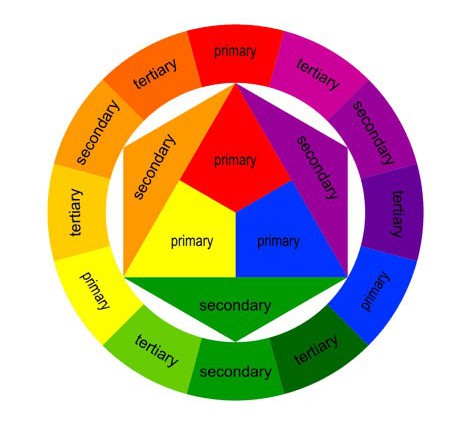
It’s March, the spring months are creeping up on us and gardeners will be planning their garden for the year.
For novices, it’s a time to start thinking about what you might want to try out, what seems do-able and you might be hunting around the internet for more information. If that’s you, we’ve compiled a list of resources where you can learn the basics of growing in your garden.
For the expert gardeners, we’re taking a look at colour schemes and what you can consider when designing what flowers are going to fit where this year.
Beginner Resources:
Royal Horticultural Society: How to sow seeds outdoors
BBC – The basic techniques of gardening
Which – Five easiest vegetables to grow
Using Colour To Design Your Garden
The first rule of creating a colour scheme to design your garden is never talk about is that there is no right or wrong way to do it. A home garden is your personal sanctuary and primarily it should be grown in a way that you’re comfortable with.
However, creating a colour scheme can create a different environment, it can change your mood just from a glance or it could inspire you ten times over to get into the garden this summer.
The Colour Wheel
The colour wheel shown here is split on the outside into primary, secondary and tertiary which determines the depth of colour, and in the middle you have the primary and secondary colours segmented.
Each of these colours come with their own personalities, their own way of connecting with your perception and that’s why colour matching can be a really important part of flower display.
Red roses for example have always worked as a romantic gesture because the colour red symbolises a fiery passion, romanticism and love.
Colour Harmonies
There a six ways to match colours across the colour wheel:
- Complementary Colour Scheme
The complementary colour scheme is a colour which is the direct opposite on the colour wheel, for example red with green, yellow with purple etc.
- Analogous Colour Scheme
The analogous colour scheme use colours which are next door to each other on the colour wheel, so red would go with purple and orange, green would go with light green and light blue.
- Triadic Colour Scheme
The triadic colour scheme uses colours that are evenly spaced around the colour wheel – created with an equilateral triangle. This would see purple match with light orange and green.
- Split-Complementary Colour Scheme
The split complementary colour scheme uses an isosceles triangle to match colours, using one base colour and two to compliment it. Purple would therefore match with light orange and green.
- Rectangle (Tetradic) Colour Scheme
The rectangle colour scheme uses four colours set in two complimentary pairs. This would suit better with a bigger garden and more space to create a display.
- Square Colour Scheme
The square colour scheme is similar to above but it pairs colours all of the same type i.e. all primary, all secondary. This would give you a really bold display however you choose to display it.
Choosing a Scheme For Your Display
One of the biggest factors which is going to affect your decision is the space that you have to work with. The best way to decide which scheme is right for you is to look for inspiration, ask what your friends or neighbours use in a similar space and begin to experiment until you find a match you’re comfortable with.



